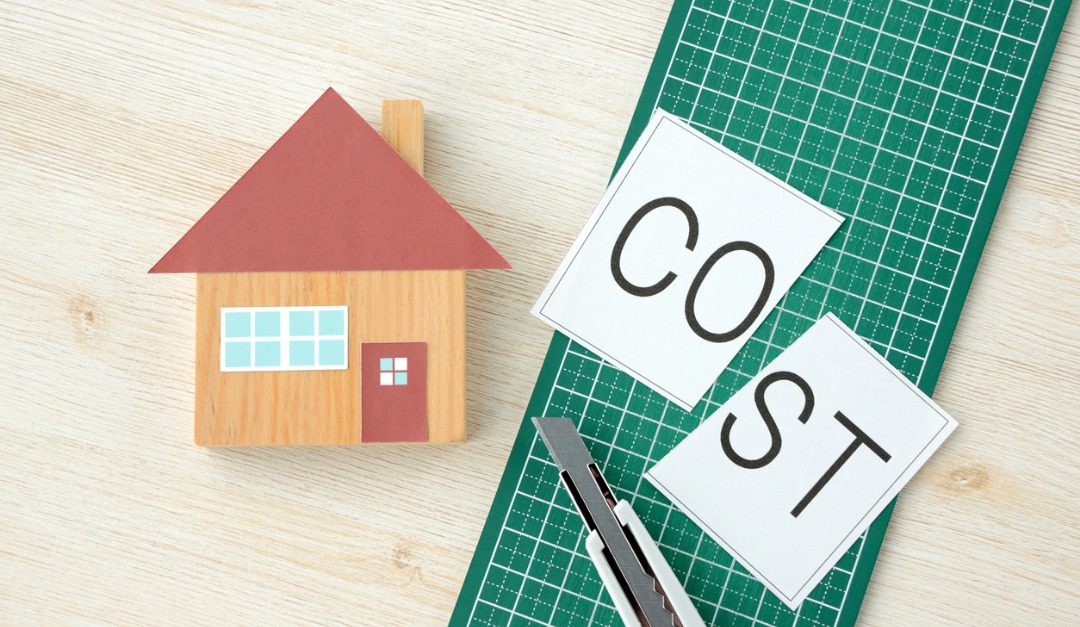According to the U.S. Bureau of Labor Statistics, the average American spends approximately 37 percent of his or her income on housing. Notably, the top 20 percentile earners spend only 29.9 percent of their income, while the bottom 20 percentile pay 39.9 percent. So what do high earners know that you don’t?
If you have a little less money invested in housing, you’ll have more money to do other things, like:
- Invest more in your 401K or Roth IRAs.
- Pay extra on your mortgage so one day you’ll be mortgage-free.
- Save money to buy another property. Rent out the first home for passive income as renters make your mortgage payment for you.
- Build or add to an emergency fund.
- Make improvements without adding more debt or tapping into equity.
- Reduce debt.
Conventional loan guidelines from Hud.gov suggest that the average homebuyer spends no more than 29 percent of his or her monthly gross income on housing. If your gross monthly income is $4,167, spend no more than $1,208, which should include property taxes and home insurance.
What if you have current debts? The Consumer Financial Protection Bureau recommends that your debt-to-income (DTI) ratio be no larger than 43 percent to secure a qualified mortgage—one the lender has done the due diligence on your ability to repay the loan according to government standards. However, many lenders aren’t comfortable with more than 36 percent DTI and may charge you higher interest rates accordingly.











